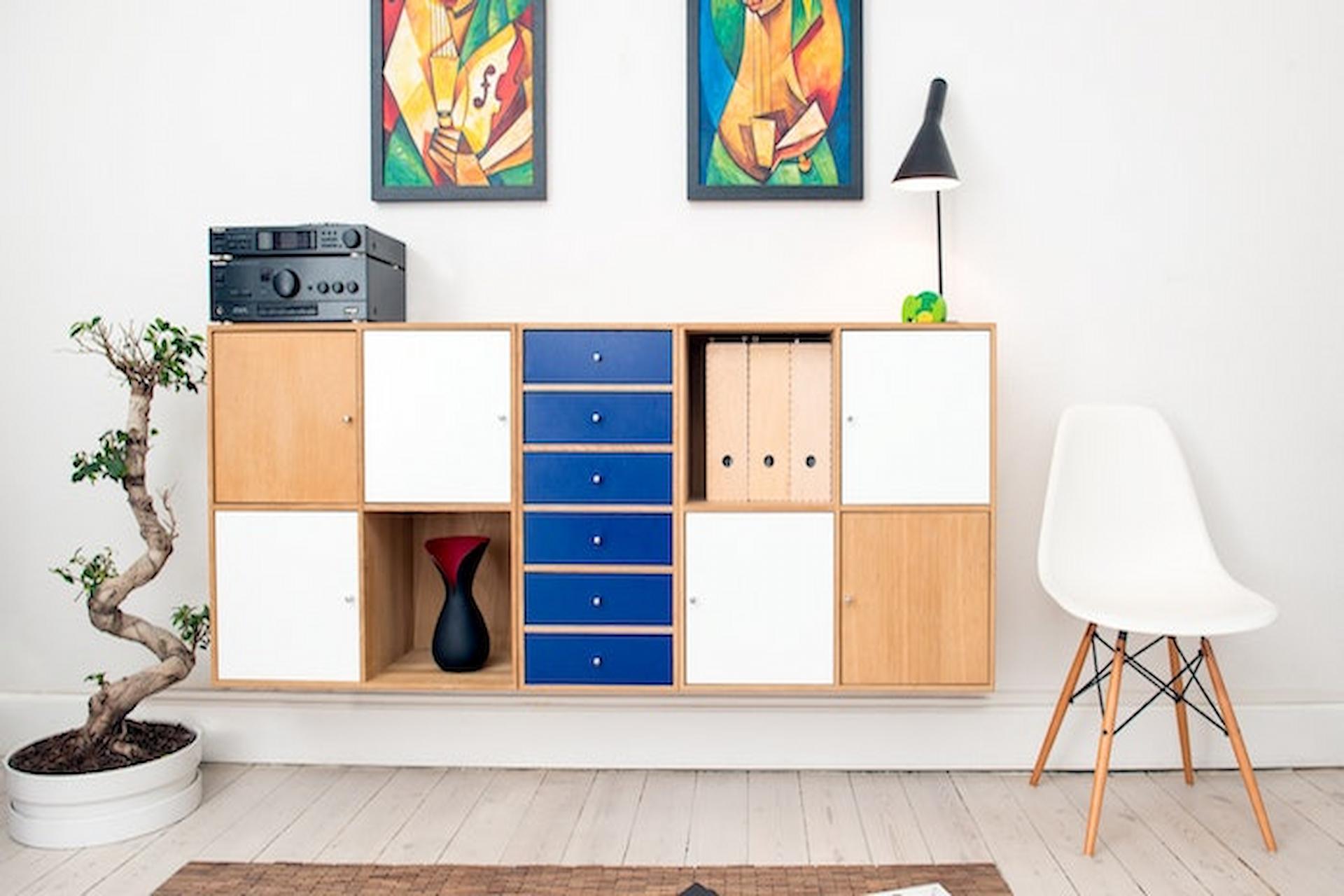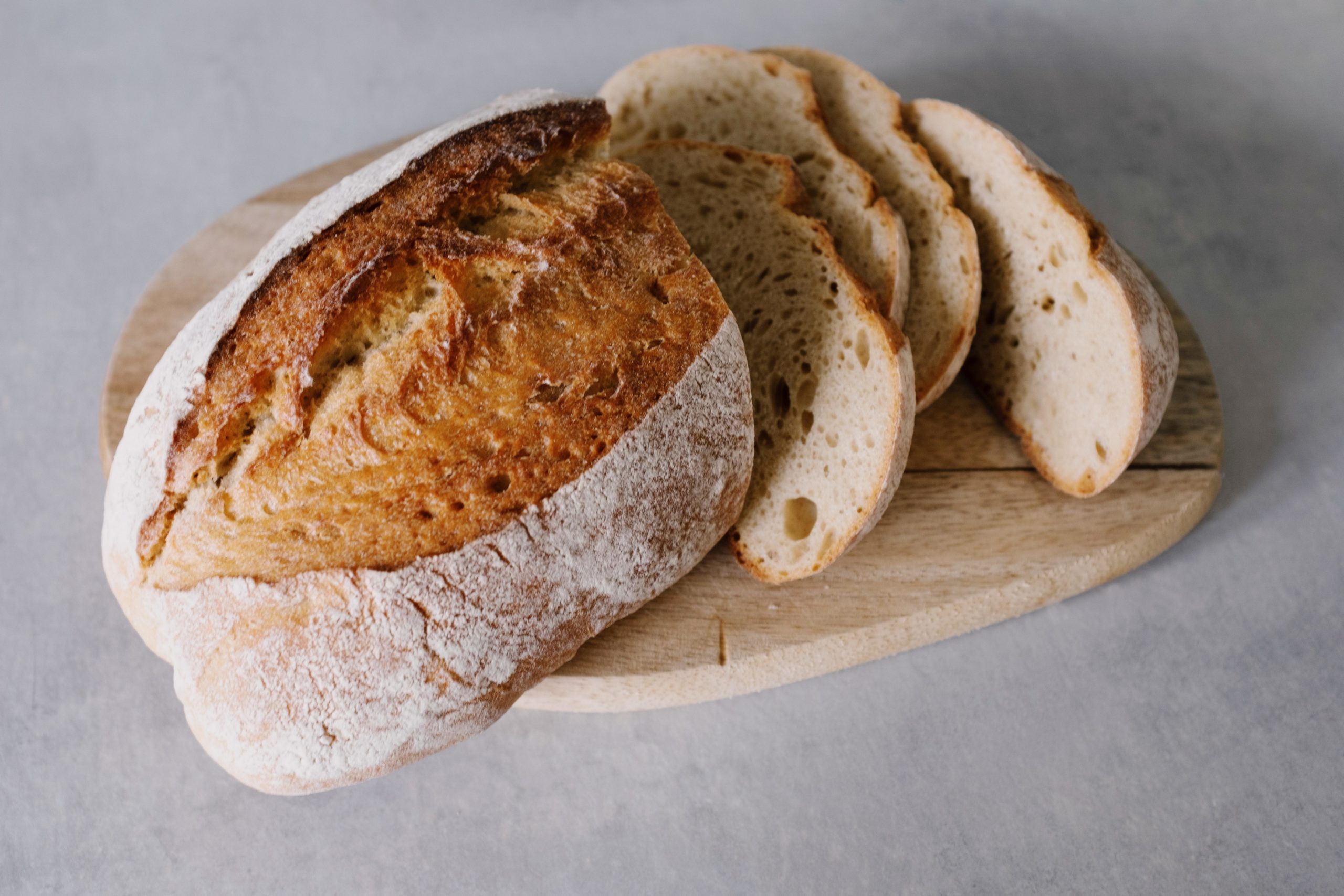
How To Select The Best Canvas For Your Artwork
These days, canvas is the preferred medium for oil and acrylic paintings. During the Renaissance, canvas was used instead of wood panels because it was more solid, did not warp or fracture, and allowed for the creation of bigger paintings that could be easily transported because of its portability.
The term “canvas” comes from the Spanish word for hemp, and the earliest artist canvases were fashioned from high-quality Venetian hemp sailcloth; later, linen and cotton were also used to make a canvas.
There are a wide variety of canvas materials available for use in extending your canvas or purchasing already stretched canvases or canvas boards. Which one you choose depends on what qualities your surface must have.
Your painting experience and the final product will vary depending on the fabric’s weight, the substance it’s made from, and the surface preparation.
Jackson’s has enough canvas on hand to meet the demands of most painters for home decor. Ready-to-paint stretched canvases come in a wide variety of sizes and surface qualities; all you have to do is unwrap them and start to work.
The surface might be finished off with a ground for more personalization. Because of their portability and flatness, thin canvas panels and Ultralite boards are ideal for plein air painting with any kind of pochade box.
We sell 40 different kinds of canvas by the meter or the 10-metre roll, should you prefer to stretch your own.
Many painters experiment with various canvases, primers, and grounds to find the optimal surface for their style of painting.
Surface properties may have a significant impact on certain painters, especially when using staining methods with oil or acrylic paints.
Jackson’s offers sample pieces from Claessens Linen, a Claessens Linen sample book, and the Belle Arti sample book so customers may compare the canvases they carry.
Some things to think about before settling on a blank sheet of paper:
Material
Cotton and linen are the two most used fibers for making Canvas wall art in australia . Canvas may also be made from specialty fibers like jute or hemp; we work with jute, which is technically a distinct fiber but is so close to extra-rough linen that it is sometimes used interchangeably with that material.
Cotton
Cotton is more affordable, but it isn’t as durable as linen, and it hasn’t been tried and true over the centuries as the linen has.
Cotton is a good material for stretchy clothes since it doesn’t lose its shape when stretched. Since flax fibers are longer and more robust, linen is less prone to rip at the staple line or the stretcher bar’s sharp outer corner.
This also implies that finer, thinner linen may be used in place of heavier cotton without sacrificing strength.
Due to the linen’s hardness, it takes more effort to pull while stretching, and you’ll need to be mindful of maintaining uniform tension throughout the canvas to prevent the dreaded ripples.
Since linen is notoriously difficult to stretch, some painters choose to buy pre-stretched linen canvases instead.
While most of our unbleached cotton and linen are a pale cream color and a dark brown respectively, we do provide some primed Italian cotton with a coating on the reverse that makes it seem darker than the front.
The Dutch word for fabric, does, is whence we get our word “duck,” which describes the more densely woven threads of cotton duck canvas.
Linen
The cheaper cost of cotton canvas is a product of the market since it finds more widespread and practical applications outside of the art world than linen. There is also an artist’s cotton canvas of professional-grade, but it is significantly more costly due to lower demand.
Additionally, the flax fibers must go through additional processes before they are ready to be woven into linen, which drives up the price. Some just prefer knife art to decorate their living room


